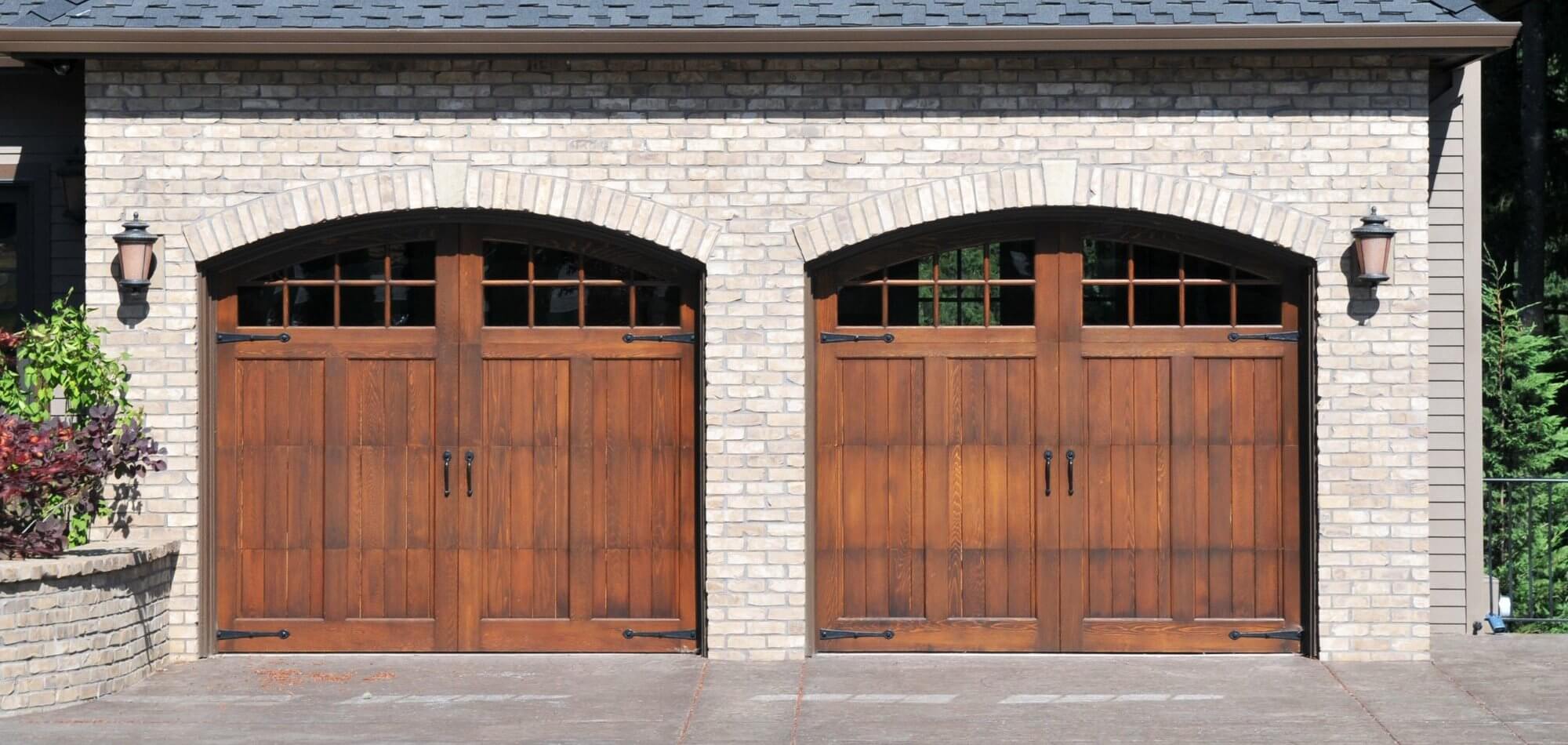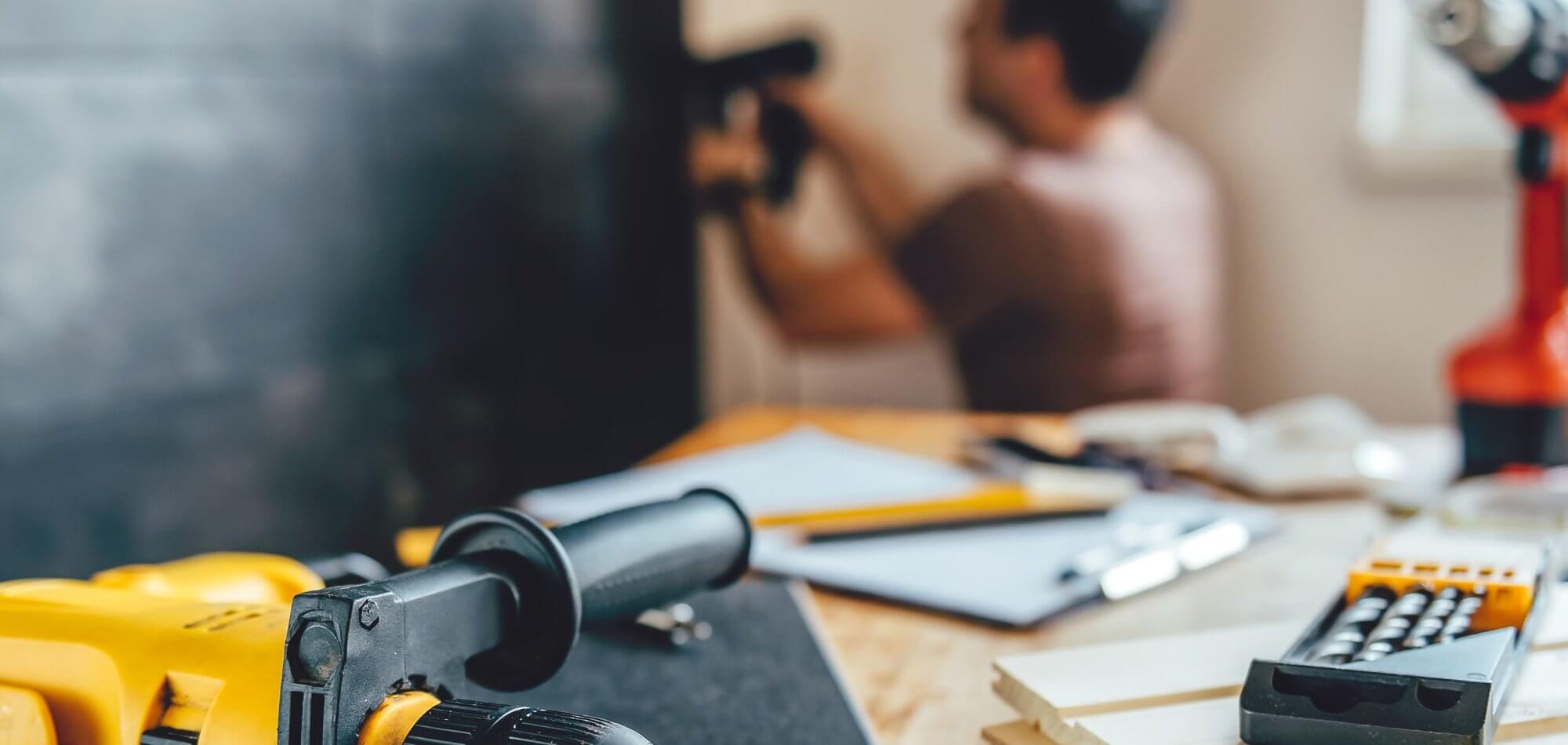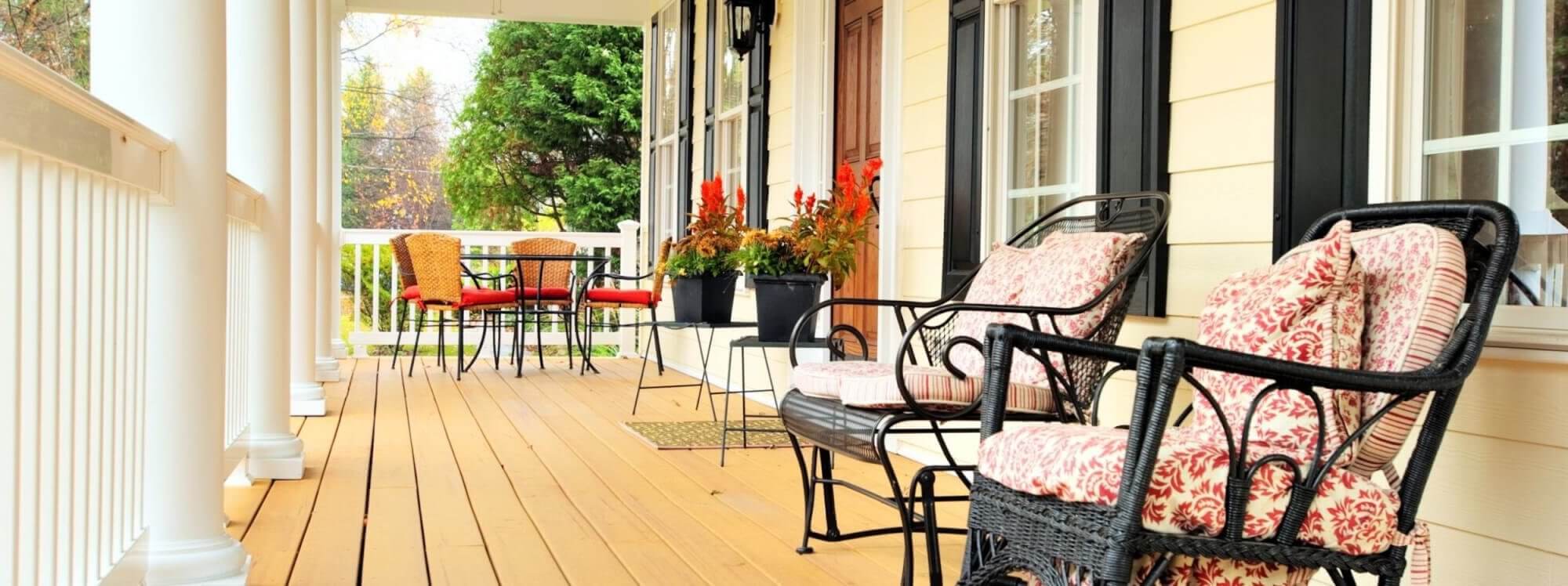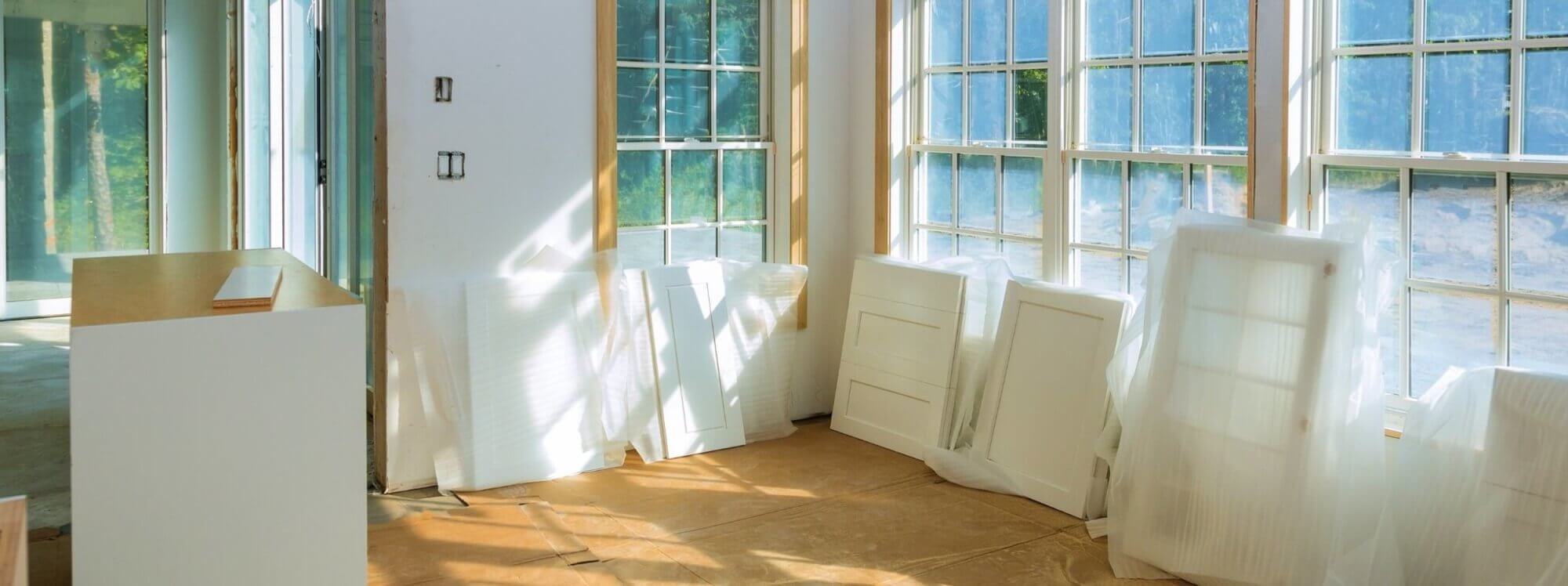The shift to remote work in the past few years has led many homeowners to invest in renovations and repairs inside their home, but exterior projects can just as be beneficial — if not more — for a few different reasons. When it comes to making improvements to the outside of your home, certain ones have been shown to earn you a higher return on your investment than others. A recent study broke down the top outdoor remodeling projects based on average cost and value. Here are the exterior renovations that will give you the best ROI.
Garage Door Replacement
While not the most glamorous home improvement project, replacing your garage door — especially if it’s quite old — can go a long way toward boosting resale value. Currently, the national average cost of garage door replacement is $4,041, and it can add approximately $3,769 to the value of your home, giving you a 93.3% ROI.
Manufactured Stone Veneer
This decision mainly comes down to your aesthetic preference, but replacing a portion of your vinyl siding with stone veneer can significantly boost both curb appeal and resale value.
While this project is pricier — the national average cost is $11,066 — you can make back almost as much as you put into it, as it can increase resale value by $10,109 or 91.4%.
Siding Replacement
In terms of siding replacement, your ROI largely depends on the materials you’re using. Fiber-cement siding replacement can run an average of $22,093 and earn you just over 68% back, or $15,090.
For vinyl siding, the national average cost is $18,662 and the typical ROI is $12,541 — a 67.2% return. It’s also important to note that your return for siding replacement will vary based on your geographic region; for example, vinyl siding will give you a slightly higher ROI of 68.9% in East North Central parts of the country (including Cincinnati, Cleveland, Detroit, Indianapolis, and Milwaukee) than other areas.
Window Replacement
Like siding, the amount you’ll earn back on window replacements largely depends on the material you’re using. Replacing vinyl windows averages $20,482 and can earn you up to 67.2% ($13,822) back. Also like siding, vinyl window replacement can give you even more money back in many midwestern cities, up to 68.4% in some areas compared to other parts of the country.
Wood window replacement tends to be a bit more expensive — the national average is $24,388 — and you also don’t make back quite as much as you put in (typical return on investment is $16,160, a 66.3% ROI).
Deck Addition
Adding a wood or composite deck can be a smart move, both for your own enjoyment and future resale value. A wood deck, depending on size, will run approximately $19,248 and earn you an average of 64.8% back ($12,464), while a composite deck is a bit pricier — the national average is $24,677 — and your ROI will be slightly less at 62.1%.
Steel Entry Door Replacement
Finally, investing in a new steel door, which averages $2,206, will earn you back about $1,409 or 63.8%. The exact amount will depend on specific features; the example quoted includes a dual-pane half-glass panel and aluminum threshold with composite stop.
Selling vs. Renovating
With experts predicting continued high mortgage rates, low housing inventory, and longer time on the market in 2023, it’s worth seriously considering whether or not you want to put your home on the market immediately after making renovations — or hold off and enjoy the improvements that will put you in a more favorable position to sell down the road. While your next move all depends on your own financial situation and goals, you have a lot to gain by going forward with the renovations that will bring the greatest returns on your investment.
How to Fund Exterior Renovations
There are a number of different ways to fund exterior home renovations, including renovation loans and traditional options like home equity loans, home equity lines of credit (HELOCs), and cash-out refinances. However, it’s important to keep in mind that these options involve taking on debt in addition to your regular mortgage payments, which can strain an already tight budget.
A home equity investment lets you access cash from your home equity without any interest or monthly payments. There aren’t any restrictions on how you use the money, and you have 10 years to settle the Investment through a refinance, buyout with savings, or sale of your home.
If you could use some additional funding to put toward exterior renovations on your home, take our five-minute quiz to see if a Hometap Investment might be a good fit for you.
YOU SHOULD KNOW…
We do our best to make sure that the information in this post is as accurate as possible as of the date it is published, but things change quickly sometimes. Hometap does not endorse or monitor any linked websites. Individual situations differ, so consult your own finance, tax or legal professional to determine what makes sense for you.














